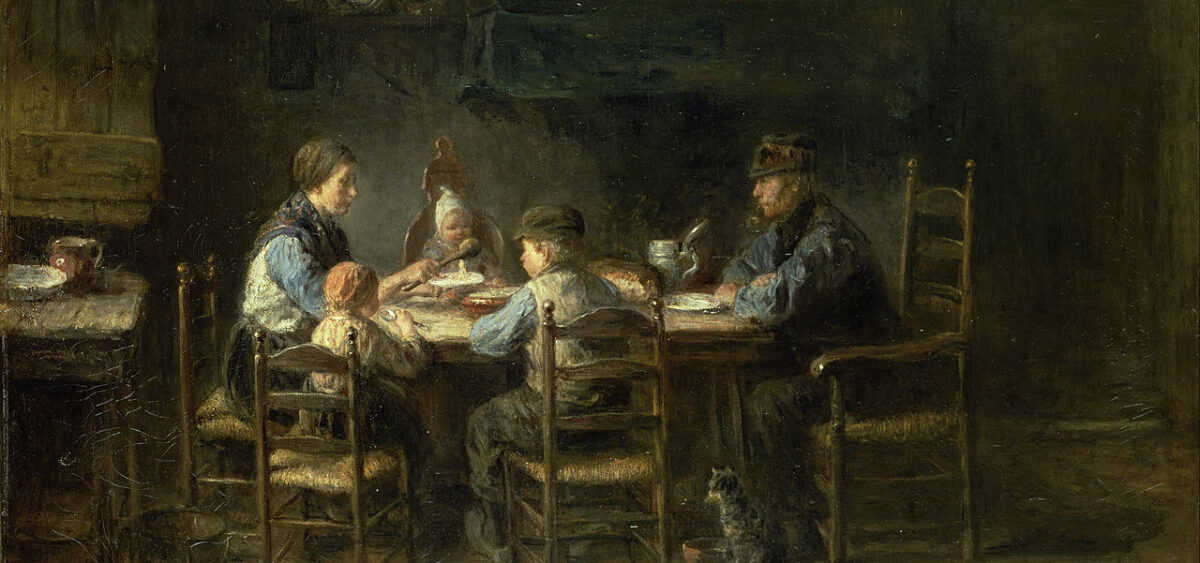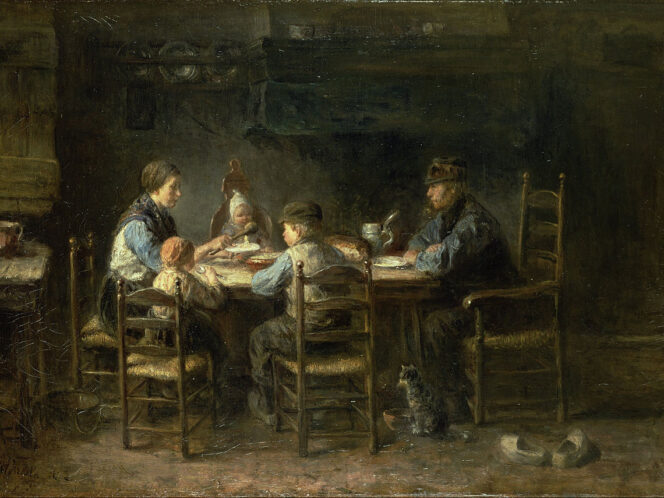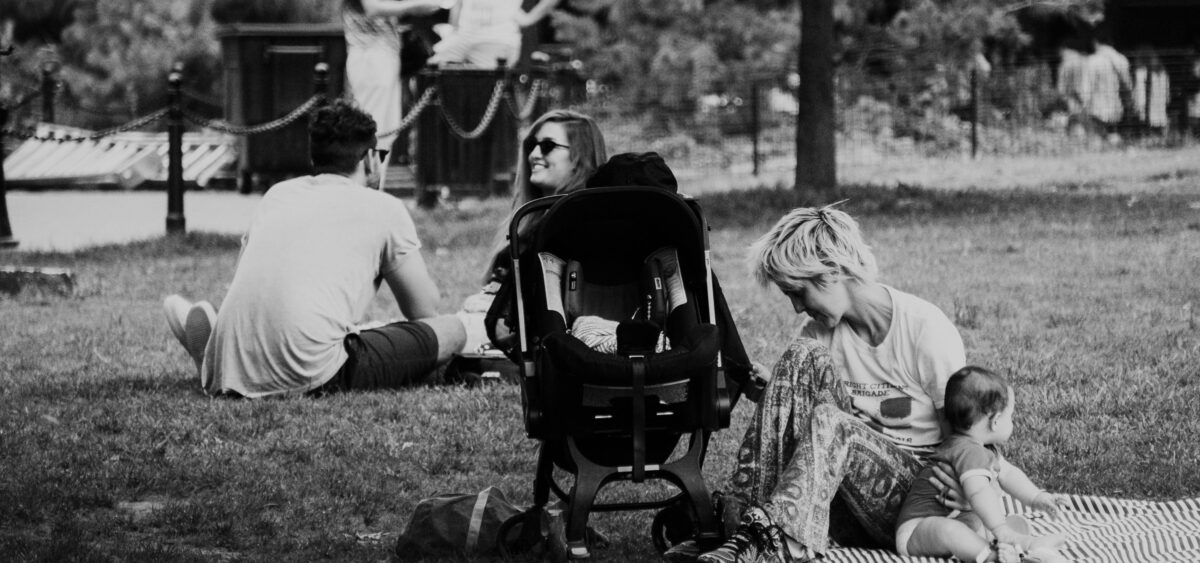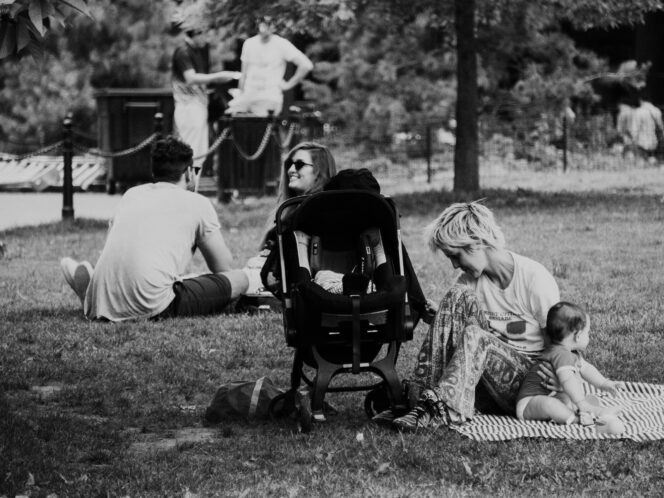
Closeness within the family doesn’t just happen; it’s the fruit of hard work. We long for the family idyll, but rather than take matters into our own hands, we prefer to sit at the table dreaming about happiness, which we usually don’t allow ourselves or others to experience.
Family can offer the allure of immortality: having biological children operates in the subconscious as a partial victory over death. That’s why we often treat our progeny as an ‘extension’ of ourselves. There’s nothing wrong with that, as long as at the same time we remember that children are separate entities and give them respect. The problem begins when we’re not aware that we need something from them that we can’t do for ourselves, or when we get angry at them for something that we don’t really like in ourselves. In that case, we’re most often dealing with one of two behaviours: either we’re ‘attaching ourselves’ to our descendants, to have the closest possible contact with ‘potential immortality’, or we’re ‘rejecting’ the child, to push away the fear of losing them. In both








